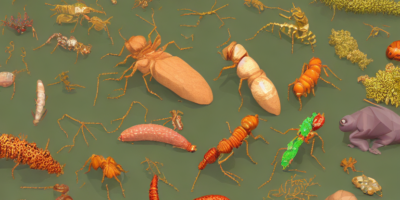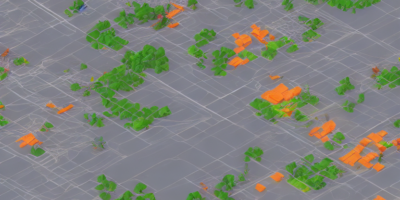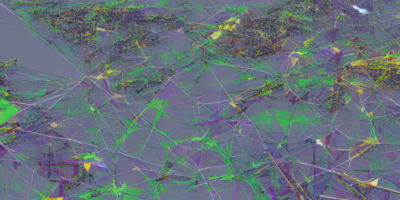In this article, researchers Scott Shaobing Chen, David L. Donoho, and Michael A. Saunders explore a new approach to image compression called "atomic decomposition." They propose using a mathematical technique called "basis pursuit" to separate an image into its individual components, or "atoms," allowing for more efficient compression.
Imagine you have a big box of Legos, each one representing a different part of an image. By separating the Legos into their own categories, like edges, shapes, and colors, you can organize them in a more manageable way. This is similar to what the researchers are doing with atomic decomposition – they’re breaking down an image into its individual "Lego pieces" so they can be compressed more efficiently.
The researchers use a mathematical technique called "basis pursuit" to separate the Legos, which is like finding the best way to fit all the Legos together in a small box without any of them touching. By using this technique, they can reduce the number of Legos (or pixels) needed to represent an image while still maintaining its quality.
Their approach is similar to how the human brain processes images – by breaking them down into their individual components and representing them in a more efficient way. This could potentially lead to faster and more efficient image compression methods, which could have a big impact on fields like computer vision and machine learning.
Neurons and Cognition, Quantitative Biology
Sparse Coding and Neural Adaptation: A Biologically Plausible Approach to Image Classification



